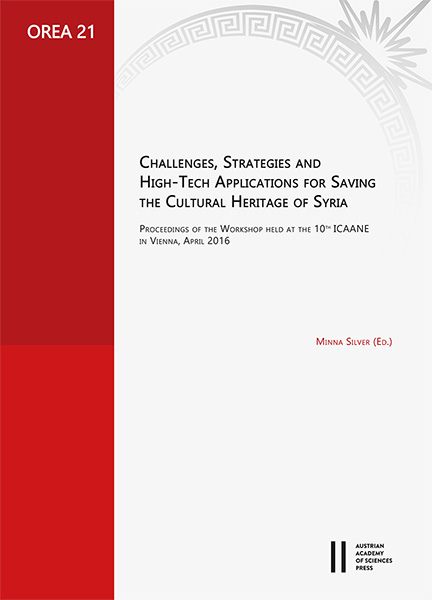
Challenges, Strategies and High-Tech Applications for Saving the Cultural Heritage of Syria, pp. 83-94, 2022/03/24
Proceedings of the Workshop held at the 10th ICAANE in Vienna, April 2016
The Laboratory of Geomatics for the Environment and Conservation of the Cultural Heritage (GeCo Lab)has been involved in two projects in the past that led us to work in Syria Both of them were funded by the EuropeanUnion: ‘Coupoles et habitats. Une tradition constructive entre Orient et Occident’, in 2007 and ‘Mare Nostrum. Aheritage trail along the Phoenician maritime routes and historic port-cities of the Mediterranean Sea’, in 2009. Asgeomatics experts, we contributed by collecting spatial data and preparing graphical output aimed, through a multiscaleapproach, at documenting construction details, buildings and parts of cities that today are probably severelydamaged, if they still exist at all. Different approaches were followed in the projects: in the first one, a top-downapproach, the core goal of the project being to analyse the construction system of earthen buildings in villages in thenorth of the Syria, which was carried out by an interdisciplinary and international team of experts; in the second one,a bottom-up approach, the Mare Nostrum project aiming to provide a sustainable mechanism for the protection andmanagement of cultural heritage resources, leading to an awareness of cultural heritage in the public conscience Theproject involved experts from universities, local public authorities, guides and tour operators, teachers and students,with the aim of boosting public interest and pride in the Syrian people’s cultural identity.
Keywords: 3D metric survey; digital heritage; cultural mapping; laser scanning; geomatics; Syrian heritage; European projects